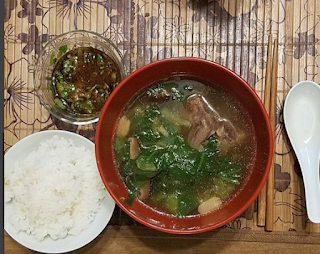Ready for 2011?
One of the worst and best things about New Years is being Japanese. There are so many traditions and expectations for this time of year that it's even more work than getting ready for Christmas. I'm glad I'm not married to a taishō (the stereotypical boss man husband that sits at the table and yells for beer).
After 23 years, we have our own rhythm and our own list of things that need to be done before tomorrow night, so preparation and lots of list making is key. Today I'm in charge of laundry (don't want to start the new year off with dirty laundry), finishing the new year's cleaning and staying out of Ken's way. He's in charge of the last minute buying, checking and rechecking his lists and negotiating for the best sashimi.
We'd love to make it a simple affair, and food wise, we are, but tradition, tradition, tradition. . .hope your preparations are more relaxed.
Things that can be checked off so far:
- Red fish (traditionally tai) signifies good luck. The Japanese usually use tai because the Japanese word for auspicious is omedetai so they use the tai, but we are more interested in color and using what we get from our own "backyard" so this weke 'ula is from Ken's November boy scout trip to Ke'ei. He usually starts actively fishing for New Years in October and we just vacuum seal it. If it's not big enough we'll use two, but one's good this year. Ken is a truly sad puppy if we have to buy fish for New Year's but we haven't had to do that in a long time.
- We'll make the fish netsuke style where the fish is cooked with sake, mirin, some ginger, soy sauce and a little bit of sugar. The cooked fish is put on a bed of rolled somen noodles and the netsuke sauce is poured over the fish and somen.
Our family tradition for New Years: sushi bar. My mom changes Christmas dinner every year, and we used to do that for New Years too, but we don't mess with the menu anymore. New Year's eve dinner is shrimp and vegetable tempura and open sushi bar. It makes it easy once all the prep is done. In the bin:
- koshian is an (sweetened red azuki bean paste). It's used as a filling for mochi, put over local style shaved ice or put into sweet buns (an pan). We use it to make zenzai a hot dessert soup made with azuki to dispel evil and illness in the new year. The azuki soup also has balls of mochi floating in it. If you have a brazier or a grill, grill the mochi first and then put it into the ladled soup. うまい (wonderful)!
- In ancient times mochi was reserved for special occasions because of the communal nature of making the mochi, but now with electric mochi makers and more demand, mochi is eaten all year round. Japanese believe that mochi embodies the spiritual power of the gods and by eating it one can welcome that power into their bodies and gain vitality and be renewed.
- sushinoko - It's not difficult to make the vinegar recipe for sushi rice, but really, why? Everyone uses the packaged sushinoko but if you want to make it yourself, it's equal parts rice vinegar and sugar with some salt. Heat it in a non-metal pot to combine flavors (the metal reacts with the vinegar even when using powdered sushinoko so don't mix the hot rice and vinegar in a metal bowl or pot.
- Nori
- Goma (sesame seeds) for the special mayo and honey sauce. Put some tobiko (flying fish roe) in the mayo sauce for the instant winner.
- Tempura batter mix
- Panko for the nice crunch on the shrimp tempura
- Tapioca for warm Thai tapioca dessert with coconut milk
- Packages of dried mochi





Comments
Post a Comment